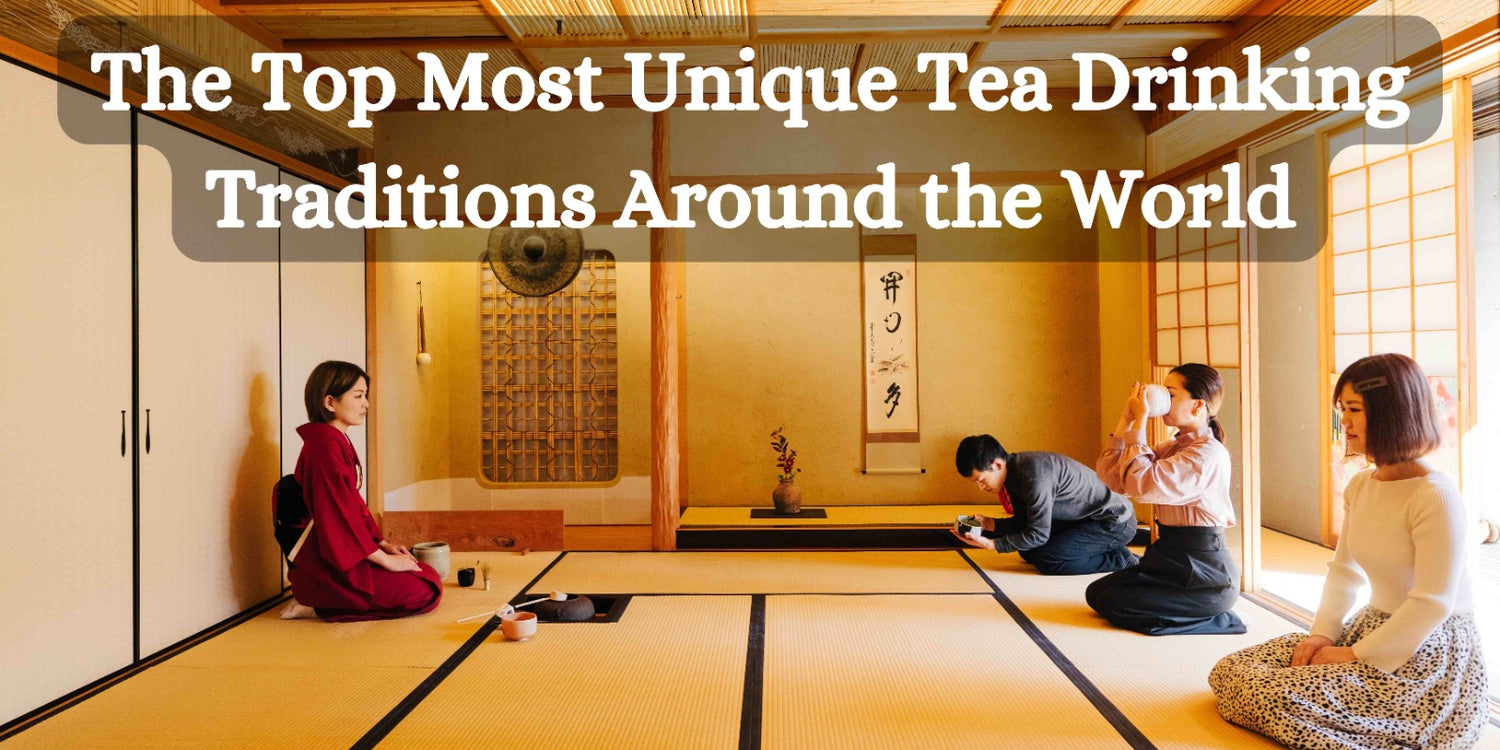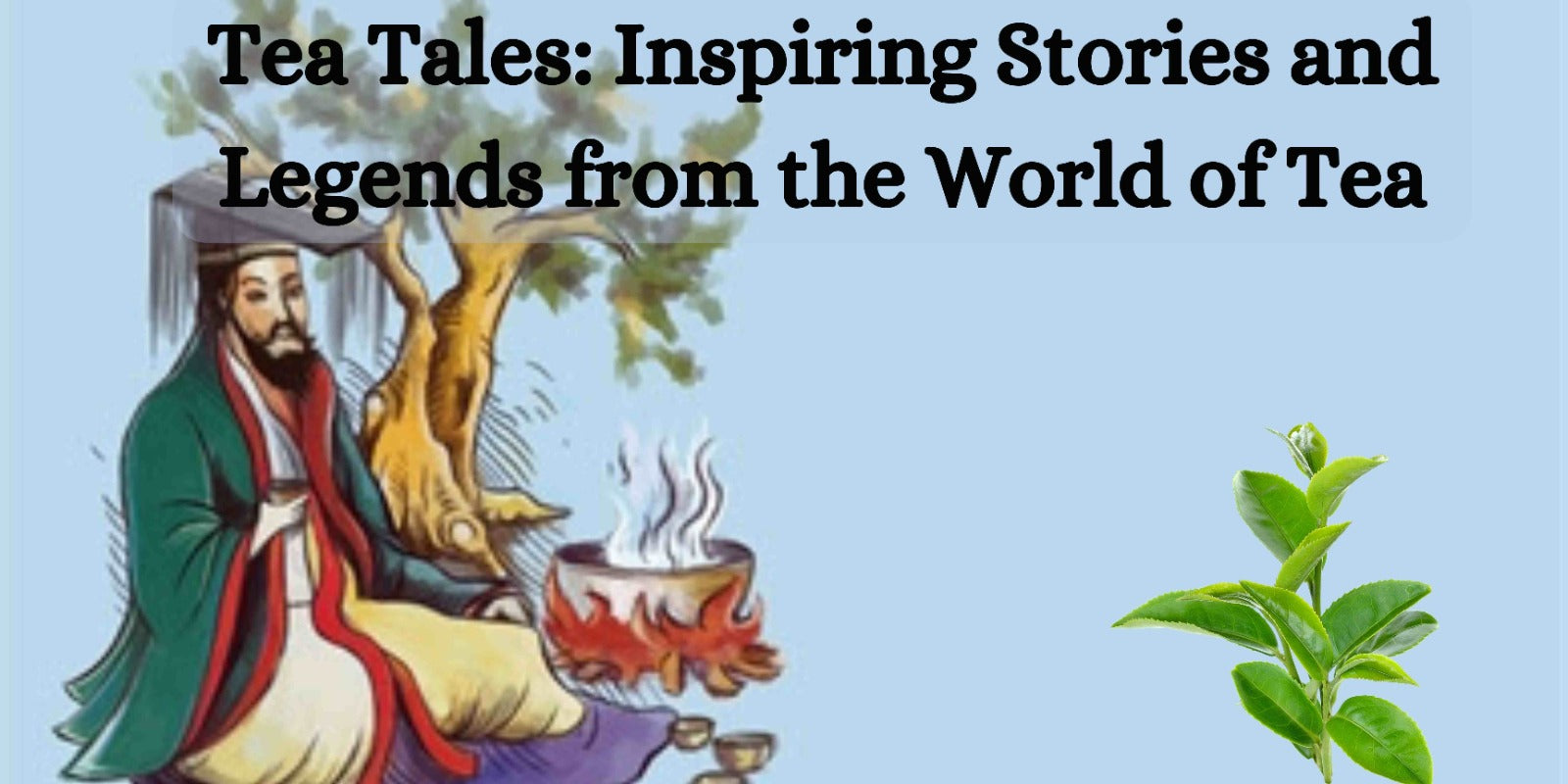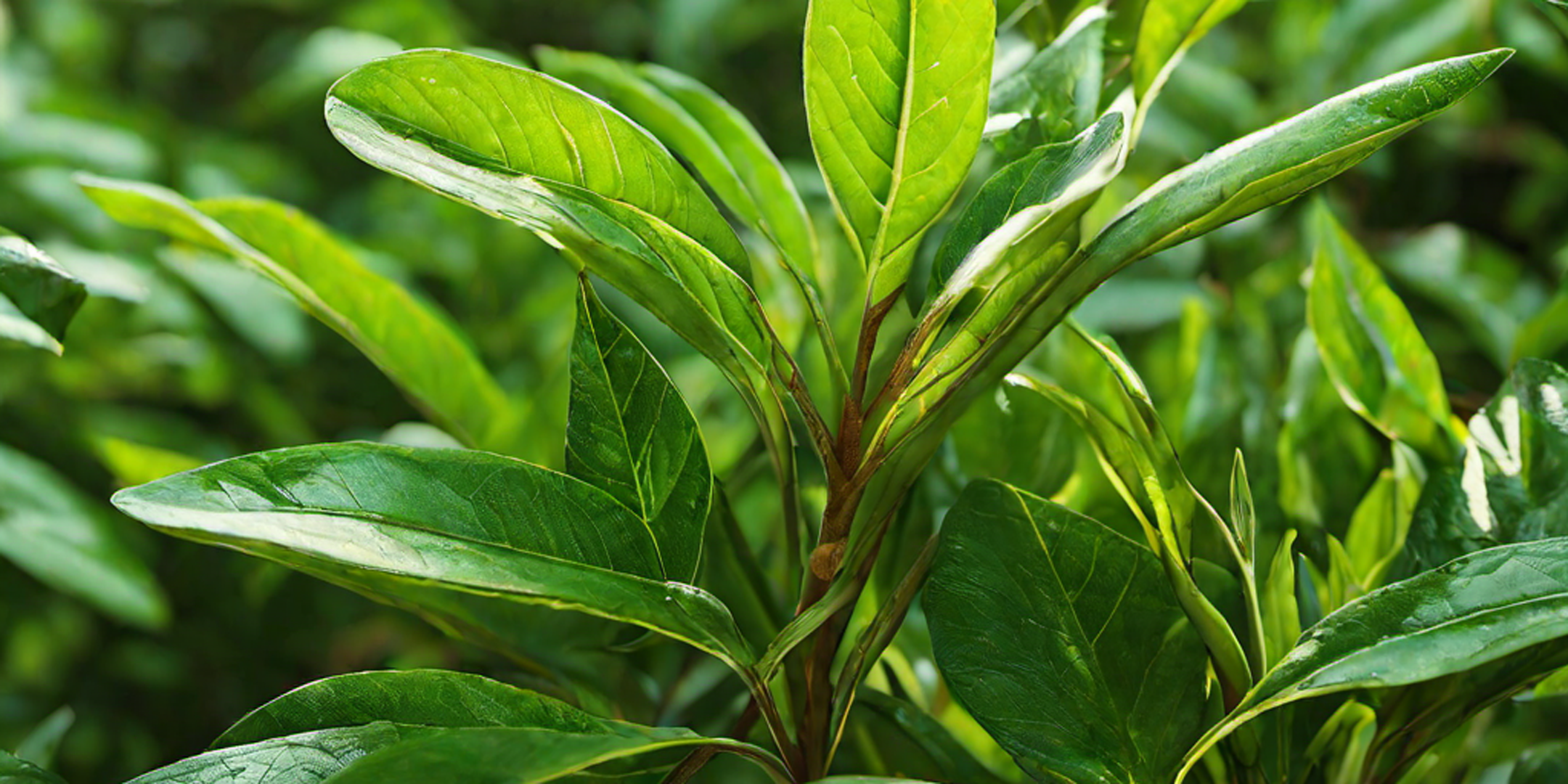Tea, transcending its humble origins from the Camellia sinensis plant, has blossomed into a global phenomenon, underscored by unique traditions that embody the spirit of cultures around the world. From China's Gongfu Cha ceremony, which is a testament to the harmony and balance cherished in Daoism, to the Zen-inspired Matcha rituals of Japan, tea culture offers a fascinating lens into the values and customs of different societies. This revered beverage, central to social rituals and ceremonies, has carved its own niche in cultural identities, with its cultivation and enjoyment speaking volumes about the history, art, and philosophy of the people who cherish it.
Embarking on a journey through global tea culture, our exploration will navigate the intricate tea traditions that have brewed over millennia, from the spiced flavors of Indian Chai that reflect a rich palette of regional spices to the meticulous British tea time, a symbol of leisure and sophistication. We will uncover how these practices have not only survived but flourished, adapting to contemporary challenges like the pandemic and climate change, yet remaining at the heart of social life and hospitality in countries such as Turkey and Morocco. Join us as we steep ourselves in the diverse world of tea, understanding its impact on society, science, health, and beyond, through the profound and shared experience of tea drinking across continents.
China: The Art of Gongfu Cha Ceremony
Introduction to Gongfu Cha
The Gongfu Tea Ceremony, deeply rooted in the traditions of Fujian and the Chaoshan area of eastern Guangdong, is a revered Chinese art form. This ceremony, known for its meticulous preparation methods, uses small yixing clay pots and cups to enhance the aesthetic enjoyment of tea. Originating during the Ming era when loose tea gained popularity, Gongfu Cha has evolved into a sophisticated cultural practice that emphasizes the philosophical tenets of Daoism such as balance and harmony.
Key Elements of the Ceremony
- High Leaf-to-Water Ratio: This method uses a higher proportion of tea leaves to water compared to Western styles, allowing for a richer and more nuanced flavor profile.
- Small Brewing Vessels: The use of smaller pots and cups is crucial for controlling the steeping process and enhancing the tea's delicate flavors.
- Multiple Infusions: Each batch of leaves is steeped several times, with each infusion revealing different layers of taste and aroma, making the experience akin to a gustatory journey.
Cultural Significance and Global Influence
Gongfu Cha is not only a testament to the art of tea making but also a medium through which the values of Chinese culture are transmitted and preserved. It has become a symbol of national identity and has played a significant role in introducing fine loose leaf teas to the Western market. The ceremony is particularly popular among tea connoisseurs for its ability to maximize the sensory pleasure of tea.
Modern Adaptations and Perceptions
While Gongfu Cha is celebrated for its authenticity and tradition, it's important to recognize that it represents just one of many Chinese tea-making practices. The global perception of Gongfu Cha as the definitive Chinese tea ceremony is partly a result of historical migrations and political influences, especially from Han Chinese who moved to Taiwan during the 1970s. This has led to a broader cultural appreciation, though sometimes at the risk of overshadowing other valuable tea practices.
Practical Experience
For those interested in experiencing Gongfu Cha, venues like Curator Coffee in San Antonio, TX, offer dedicated sessions. These sessions include a demonstration of the ceremony, accompanied by high-quality oolong tea and traditional desserts, providing a holistic cultural experience.
Japan: The Zen of Matcha
Introduction to Matcha
Matcha, a finely ground green tea powder, has deep roots in Japanese culture, originating from China during the Tang Dynasty and introduced to Japan by Zen Buddhist monks in the 12th century. By the 16th century, it became a pivotal element of the Japanese tea ceremony, known as "chanoyu," reflecting the Zen principles of harmony, respect, purity, and tranquility.
Cultivation and Production
The production of Matcha involves shading the Camellia sinensis plants for about 20-30 days before harvest to enhance chlorophyll levels, which gives the tea its vibrant green color. After harvesting, the leaves are steamed, dried, and deveined before being stone-ground into a fine powder. This meticulous process contributes to Matcha's unique flavor and health benefits.
Health Benefits
Matcha is celebrated not only for its cultural significance but also for its substantial health benefits. It is rich in antioxidants, particularly catechins, which are known to help neutralize harmful free radicals in the body. Additionally, Matcha contains L-theanine, an amino acid that promotes relaxation without drowsiness, alongside a boost in metabolism and enhanced mental clarity.
Culinary Uses
Beyond the tea ceremony, Matcha is a versatile ingredient in Japanese cuisine. It is used in traditional sweets like matcha mochi and wagashi, and in savory dishes such as matcha soba noodles. The global popularity of Matcha has also inspired creative culinary adaptations, integrating this vibrant green tea into contemporary dishes worldwide.
The Tea Ceremony
The Japanese tea ceremony, also known as Chanoyu or Sado, is a choreographed ritual of preparing and serving Matcha. Essential tools for the ceremony include the tea caddy (cha-ire), tea whisk (chasen), tea scoop (chashaku), and the tea bowl (chawan), each playing a specific role in the artful preparation of Matcha. This ceremony is a spiritual experience that emphasizes mindfulness and the beauty of the present moment, a practice that has been maintained since its codification in the mid-1500s by Sen Rikyu.
India: The Spiced Flavors of Chai
Historical Roots and Evolution
The origins of Indian Chai trace back thousands of years, with legends suggesting its creation in ancient royal courts across India and Thailand. Initially, Chai was an Ayurvedic tonic made from a blend of spices, consumed hot or cold for its health benefits. The British introduction of tea farms in Assam in 1835 marked a pivotal shift, incorporating local black teas into the masala chai recipes. By the early 1900s, the modern version of masala chai, a concoction of spices, milk, sweetener, and tea, gained popularity across India.
Cultural Significance and Preparation
In India, Chai is more than just a beverage; it is a vital part of the social fabric. Traditionally served by street and train vendors known as chai wallahs, it is also a customary gesture of hospitality in homes. The preparation involves simmering black tea with a rich mix of spices such as ginger, cardamom, cinnamon, black pepper, and cloves, combined with milk and sugar to create a flavorful experience.
Variations and Global Influence
While masala chai remains a staple in India, its recipe has traveled and transformed globally. Variations now include different sweeteners like jaggery or honey and the use of various tea bases such as green or rooibos. In the United States, adaptations like chai tea lattes and "dirty chai" have become popular in coffee shops, showcasing the versatile appeal of Indian chai.
Tea Culture and Consumption
India not only prides itself as one of the largest tea consumers globally but also as a major exporter, particularly of Assam, Darjeeling, and Nilgiri teas. The daily rhythm in many Indian households and workplaces invariably includes multiple servings of chai, pairing it with savory snacks in the afternoon, reflecting its integral role in Indian life and culture.
Morocco: The Mint Tea Hospitality
The Essence of Moroccan Mint Tea
Mint tea is not just a drink in Morocco; it's a profound symbol of culture and hospitality, deeply ingrained in the daily life and traditions of Moroccan people. The preparation of this beloved beverage is usually performed by the head of the household, often with assistance from the eldest son, showcasing a family-centric approach to guest hospitality.
Preparation and Serving Rituals
-
Teapot Preparation: Two teapots are used, both rinsed with boiling water to cleanse and warm them before the addition of green tea, typically the Gunpowder variety for its refreshing qualities.
-
Infusion Technique: Fresh mint leaves and a generous amount of sugar are added to the teapots. The tea is then infused three times, with each infusion being sweeter than the last, creating a layered taste experience.
-
Art of Pouring: Moroccan mint tea is famously poured from a height to create a frothy layer on top, an action that not only cools the tea but also demonstrates the skill and grace of the host.
Cultural Significance
In Moroccan culture, serving mint tea is synonymous with welcome and generosity. It is offered to guests at any time of the day, signifying immediate inclusion into the family and society. This ritual is not just about serving a drink but is a vital social practice that fosters dialogue and cements relationships.
Health Benefits
The combination of green tea and mint not only refreshes but also offers health benefits. Green tea's antioxidants and mint's menthol work together to soothe the stomach and alleviate headaches, while mint's antibacterial properties support immune health.
Accompaniments
Moroccan mint tea is typically served with an array of local pastries like Kaab El Ghazal and Moroccan pancakes such as Baghrir, enhancing the overall gustatory experience. This pairing of sweet treats with the minty, sweet tea creates a balance that is much cherished in Moroccan tea culture.
United Kingdom: The Time-Honored Tea Time
Historical Origins and Evolution of Tea Time
Afternoon tea, a quintessential British custom, was introduced by Anna, the seventh Duchess of Bedford, in 1840, due to the long gap between lunch and dinner. This tradition evolved into a significant social event by the mid-19th century, particularly among the upper classes, and by the late 19th century, it had also become popular in the middle classes in Britain and spread to America. Initially a modest affair, by the 1880s, it involved elaborate dress codes for women, including long gowns, gloves, and hats, and was typically hosted in the drawing room between four and five o'clock.
Traditional Elements of Afternoon Tea
The classic afternoon tea includes a variety of delicacies:
- Selection of Sandwiches: Common fillings include cucumber, smoked salmon with cream cheese, egg mayonnaise with cress, coronation chicken, and ham and mustard.
- Scones and Spreads: Scones served with clotted cream and preserves, particularly strawberry jam.
- Cakes and Pastries: An assortment of cakes and pastries complements the tea.
- Tea Varieties: A wide selection of teas, ranging from traditional blends like Assam and Earl Grey to more exotic types like Lapsang Souchong.
Cultural Significance and Modern Adaptations
Afternoon tea started as a private social gathering for women but eventually included men and moved outdoors during the summer months. It was a symbol of wealth and status, often depicted in family portraits showcasing fine china and exotic teas. Today, the tradition is experiencing a resurgence, frequently associated with English culture and enjoyed daily by figures such as Queen Elizabeth II. Modern adaptations include the addition of Champagne for celebratory occasions, known as Champagne Afternoon Tea.
Prominent Venues Offering Traditional Tea Experiences
Several renowned hotels in London, such as Claridges, the Dorchester, the Ritz, the Savoy, Harrods, and Fortnum and Mason, offer traditional afternoon tea experiences, drawing tourists and locals alike who wish to indulge in this quintessential British custom.
Turkey: Tea at the Heart of Social Life
Through the exploration of tea cultures around the globe, it's evident that this simple beverage transcends mere consumption, embedding itself deeply within the fabric of diverse societies. From the ceremonial precision of China’s Gongfu Cha and Japan’s Zen-inspired matcha rituals to the spiced warmth of Indian chai and the mint-infused hospitality of Morocco, each tradition showcases the rich tapestry of human connection, history, and shared values. The narrative of tea is one of cultural reverence, social ritual, and an enduring symbol of unity, highlighting its role not just as a drink but as a medium for expression and belonging across continents.
The significance of tea in these cultures underscores not only its variety and adaptability but also its power to foster community and conversation. As we've seen, whether it's in the formal elegance of British tea time or the everyday generosity of Moroccan mint tea hospitality, these practices offer a window into the worlds of others, encouraging a deeper understanding and appreciation. This journey through global tea traditions serves as a reminder of the beauty in our differences and the common threads that bind us. It beckons us to keep exploring, to engage with the world's myriad cultures with openness and curiosity, and perhaps most importantly, to share a cup of tea with others as an act of universal hospitality and peace.
Conclusion
Expanding the Tea Culture Horizon
Yerba Mate in Argentina: In Argentina, Yerba Mate stands as a proud emblem of national identity, traditionally consumed from a gourd using a metal straw, known locally as 'mate' and 'bombilla' respectively.
Russian Samovar Tradition: The Samovar, a significant element of Russian tea culture, continues to be a centerpiece in many households. This large metal urn, either charcoal-heated or electric, is essential for brewing tea, typically enjoyed with sweets during the afternoon and evening.
Iced Tea in the United States: The United States has contributed significantly to global tea culture by popularizing iced tea, a refreshing beverage especially favored during the hot summer months.
Rising Popularity of Specialty Teas: North America has seen a dramatic increase in the demand for specialty premium teas, reflecting a growing appreciation and palate for diverse and high-quality tea blends




